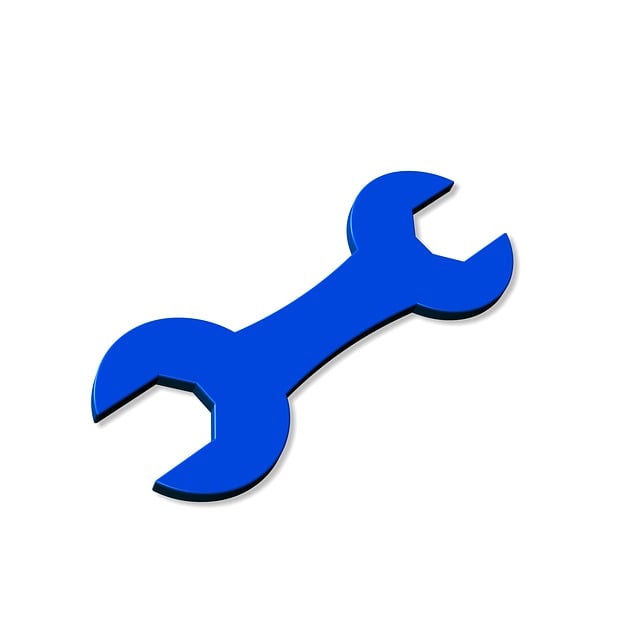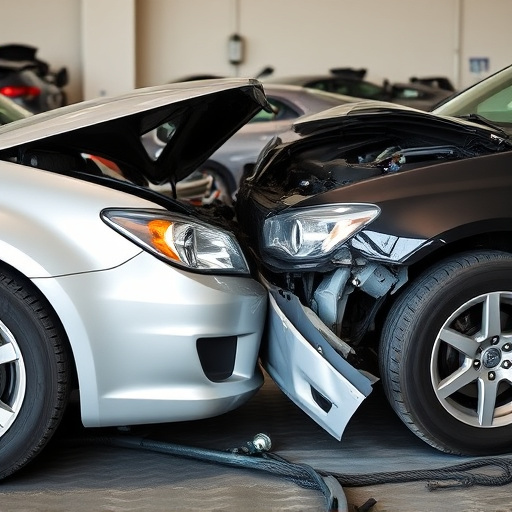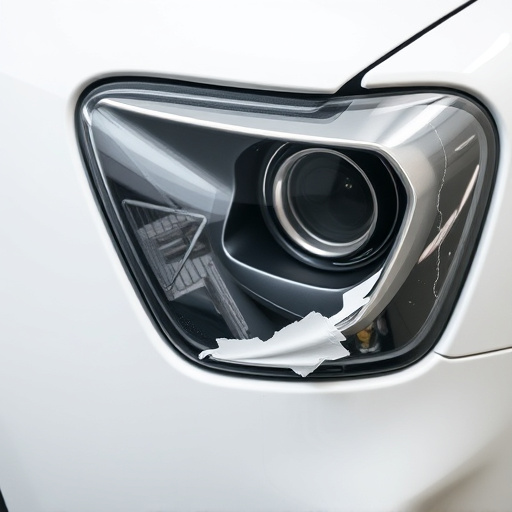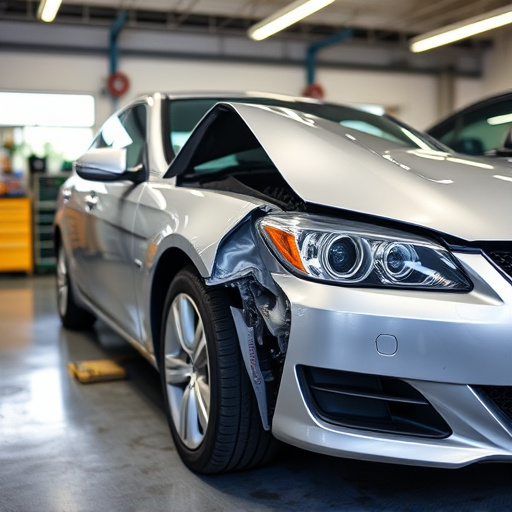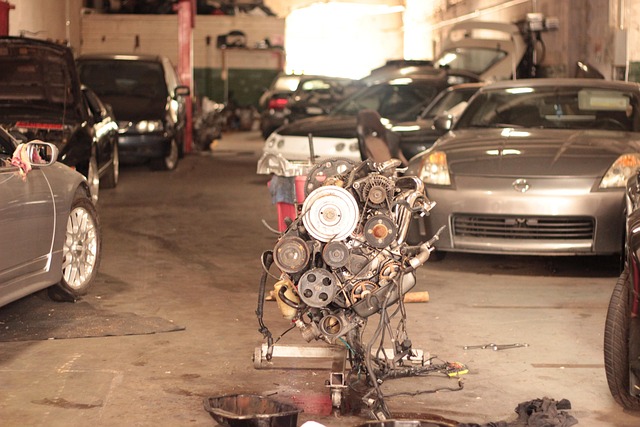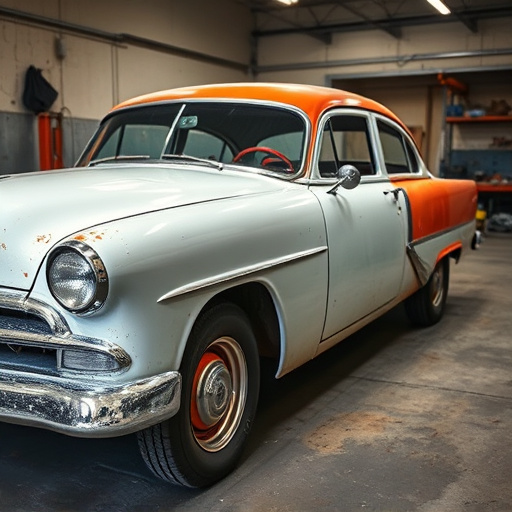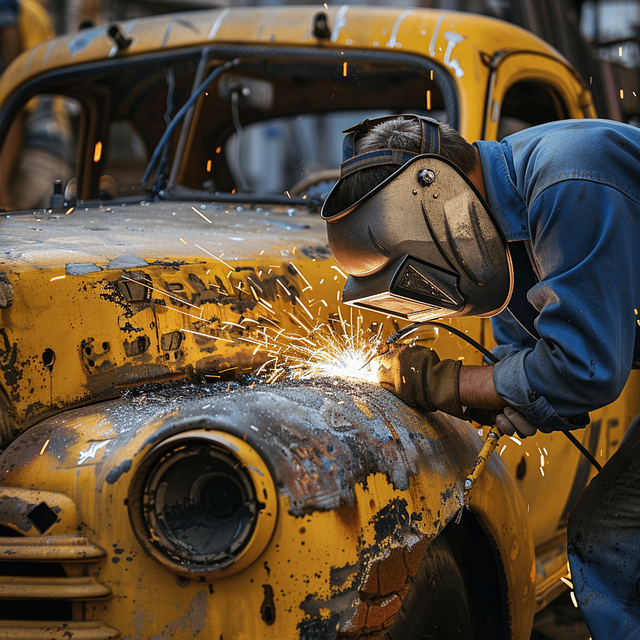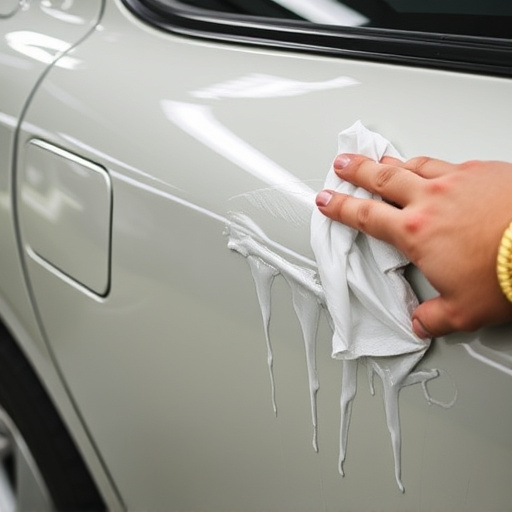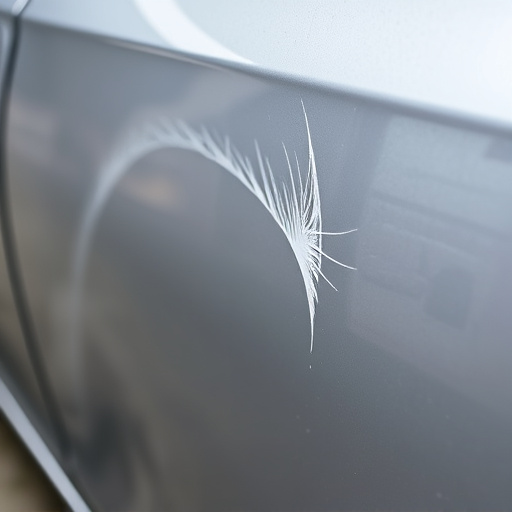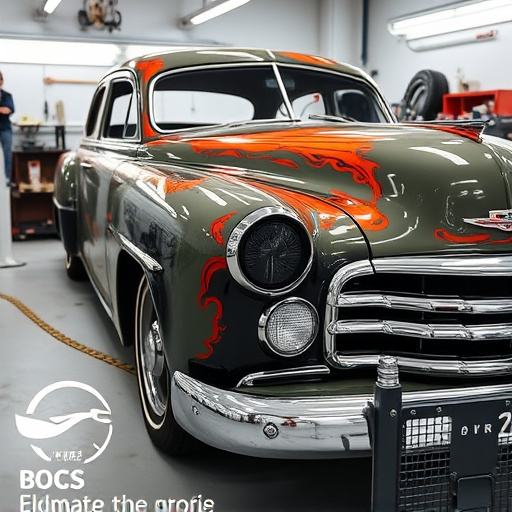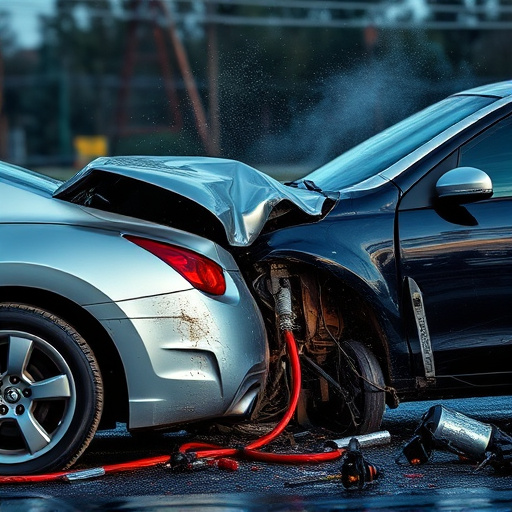Mercedes ADAS calibration is a critical process ensuring the safe and effective operation of Advanced Driver-Assistance Systems in Mercedes vehicles. Proper calibration maintains camera, sensor, and software integrity for features like lane-keeping assist, adaptive cruise control, and blind-spot monitoring, relying on rearview and 360-degree cameras for enhanced driver awareness and safety. Regular checks and calibrations according to manufacturer guidelines are essential for both new and restored vehicles.
Mercedes’ Advanced Driver Assistance Systems (ADAS) rely on precise camera calibration for safe, efficient driving. This article delves into the critical role of Mercedes ADAS calibration, specifically focusing on rearview and 360-degree cameras. We explore the essential understanding of calibration requirements, the functions these cameras serve, and the vital steps to ensure accurate calibration, ultimately enhancing vehicle safety and driver confidence.
- Understanding Mercedes ADAS Calibration Requirements
- The Role of Rearview and 360-Degree Cameras
- Ensuring Accurate Calibration for Enhanced Safety
Understanding Mercedes ADAS Calibration Requirements
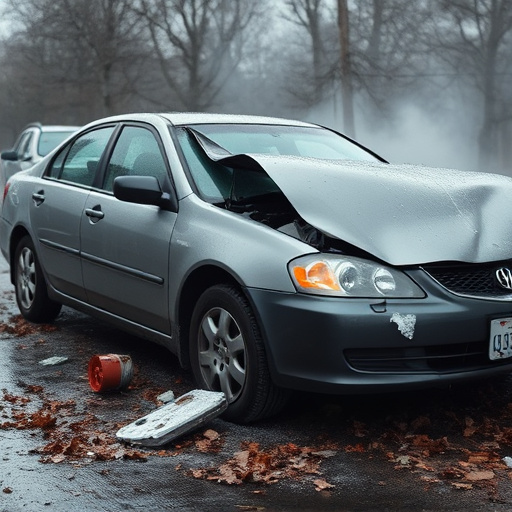
Mercedes ADAS calibration is a critical process that ensures the accurate functioning of Advanced Driver-Assistance Systems (ADAS) in Mercedes vehicles. These systems, which include rearview and 360-degree cameras, play a vital role in enhancing safety by providing drivers with comprehensive vehicle awareness. To ensure optimal performance, proper calibration is essential. This involves precise adjustments to the camera lenses, sensors, and software components to accurately interpret and display surrounding environments.
Understanding the specific Mercedes ADAS calibration requirements is crucial for both automakers and auto repair services. Proper calibration not only ensures the reliability of safety features but also supports advanced driving maneuvers. Moreover, it facilitates seamless integration of cameras and sensors with the vehicle’s overall control systems, contributing to a safer driving experience. For car restoration or auto body services involving significant modifications, adhering to these calibration standards is indispensable to maintain the integrity and functionality of ADAS components.
The Role of Rearview and 360-Degree Cameras
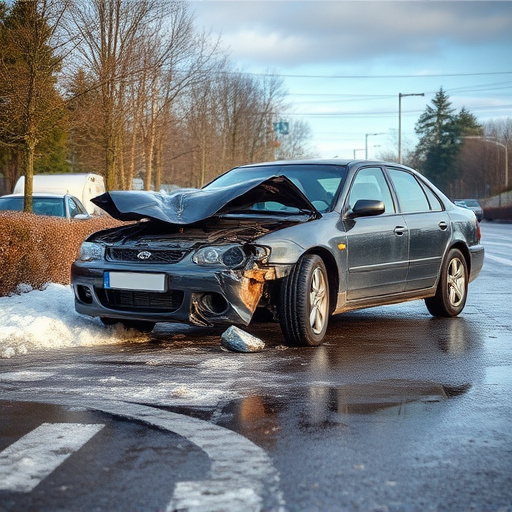
Rearview and 360-degree cameras play a pivotal role in modern vehicle safety, especially in Mercedes vehicles equipped with Advanced Driver Assistance Systems (ADAS). These camera systems serve as critical components of ADAS calibration, enhancing the overall safety and driving experience. By providing a comprehensive view around the vehicle, they assist drivers in identifying potential hazards, such as obstacles, lane markings, or nearby traffic, particularly in challenging situations like tight spaces or low visibility.
In the event of a collision or during routine bumper repair or car scratch repair processes at a trusted collision repair center, proper camera alignment and calibration are essential to ensure the continued effectiveness of these safety features. Mercedes ADAS calibration ensures that the system accurately interprets and responds to visual data from these cameras, facilitating smoother driving, improved lane keeping, and potentially preventing accidents.
Ensuring Accurate Calibration for Enhanced Safety
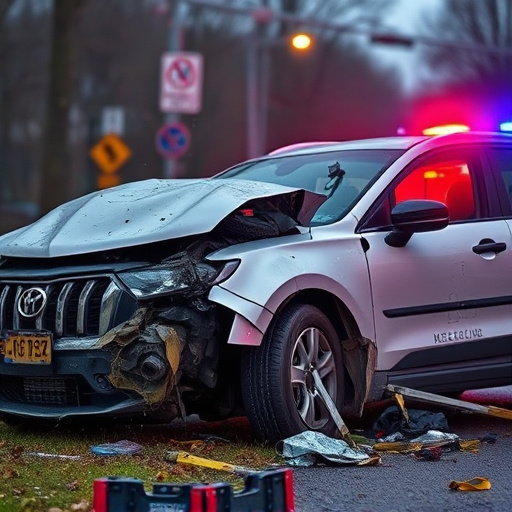
Mercedes ADAS calibration is a critical process that ensures the safety and efficiency of advanced driver-assistance systems (ADAS) in modern vehicles. Accurate calibration plays a pivotal role in how well rearview and 360-degree cameras function, enabling drivers to have a complete view of their surroundings. Improper calibration can lead to inaccurate readings, affecting the overall performance of features like lane-keeping assist, adaptive cruise control, and blind-spot monitoring.
Maintaining precise calibration standards is essential for both new vehicles and during classic car restoration or scratch repair processes. It involves meticulous adjustments to ensure that cameras capture and interpret data correctly. Regular checks and calibrations help maintain the integrity of these systems, enhancing driver awareness and safety on the road. By adhering to manufacturer guidelines, vehicle owners can benefit from enhanced visibility, reduced blind spots, and improved overall driving experience.
Mercedes ADAS calibration is paramount for ensuring the safety and effectiveness of advanced driver-assistance systems. Rearview and 360-degree cameras play crucial roles in enhancing visibility, preventing accidents, and facilitating precise vehicle navigation. Accurate calibration ensures these cameras capture reliable data, enabling Mercedes vehicles to make informed decisions in real-time, ultimately fostering a safer driving experience.

